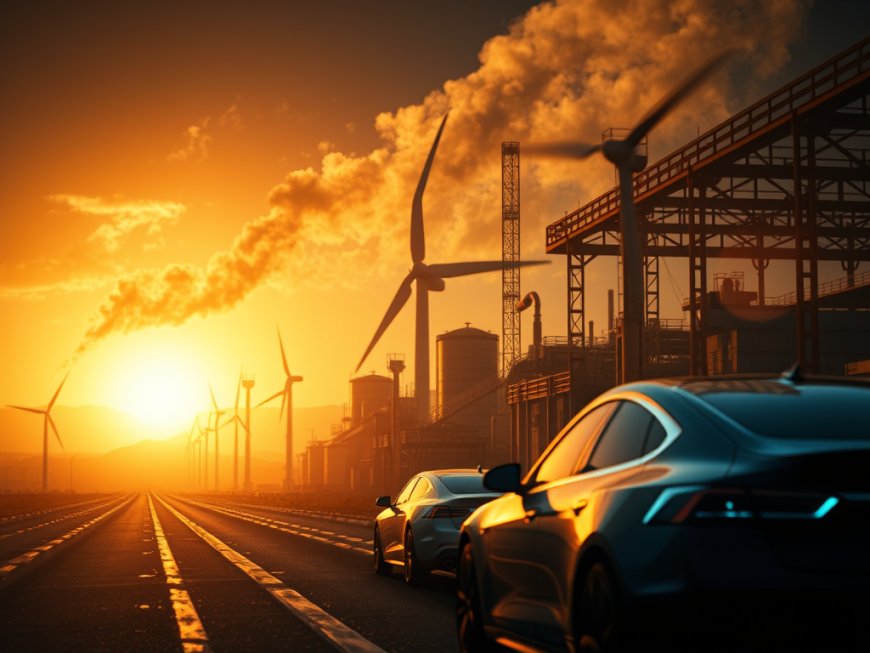North Africa's Industrial Landscape in 2025: Progress and Challenges (Adapted from: Juan Antonio Vidal)
As 2025 approaches, North Africa, particularly Morocco, is enhancing its role in renewable energy and automotive manufacturing. Morocco's targets include achieving 52% clean energy by 2030 and increasing vehicle production to 300,000. Key challenges involve infrastructure, training, logistics, and the transition to electric vehicles, necessitating strategic investments and regulatory improvements.

As we approach 2025, North Africa, led by Morocco, is emerging as a key player in strategic industrial sectors such as renewable energy and automotive manufacturing. However, this development is accompanied by challenges that will determine the region's success in a highly competitive global market.
Renewable Energy: A Strategic Bet
Morocco has positioned renewable energy as a central axis of its growth. With flagship projects like the Tarfaya Wind Farm and the Noor solar plant, the country aims to reach 52% of its installed capacity in clean energy by 2030. Additionally, the government has announced significant investments in green technology, including the development of green hydrogen and energy storage systems. These initiatives will not only attract foreign investment but also drive local employment and innovation.
However, challenges include the need to expand electrical connection infrastructure and improve technical training to fully exploit this potential. Technological integration and government incentives will be crucial to maintaining growth momentum and ensuring a stable and competitive energy supply.
The Automotive Sector: Between Opportunities and Uncertainties
The automotive industry in North Africa has experienced sustained growth, with Morocco consolidating itself as a production hub in Africa thanks to its proximity to Europe and attractive regulatory framework. However, it faces challenges such as increasing global logistics costs and the transition to electric vehicles, which requires investments in new technologies and specialized supply chains.
The global context, marked by economic tensions and changes in environmental regulations, adds a layer of uncertainty. Despite this, initiatives such as the integration of local suppliers and the adoption of international standards could strengthen the sector's competitiveness in the region.
A Promising but Complex Future
North Africa's industrial development in 2025 will depend on its ability to balance strategic investments, improve the regulatory environment, and adapt to global demands. In Morocco's case, renewable energy and automotive manufacturing represent unique opportunities to consolidate its position as a regional leader, provided it can overcome the inherent challenges in these sectors.
Key Statistics:
| Sector | Current Status | 2025 Projections |
|---|---|---|
| Renewable Energy | 35% of installed capacity | 52% of installed capacity |
| Automotive Manufacturing | 200,000 vehicles produced in 2022 | 300,000 vehicles produced in 2025 |
Challenges and Opportunities:
- Renewable Energy:
- Challenges: infrastructure expansion, technical training
- Opportunities: foreign investment, local employment, innovation
- Automotive Manufacturing:
- Challenges: global logistics costs, transition to electric vehicles
- Opportunities: integration of local suppliers, adoption of international standards
Conclusion:
North Africa's industrial landscape in 2025 will be shaped by its ability to navigate the complexities of strategic sectors like renewable energy and automotive manufacturing. With careful planning, investment, and adaptation, the region can consolidate its position as a key player in the global market.

